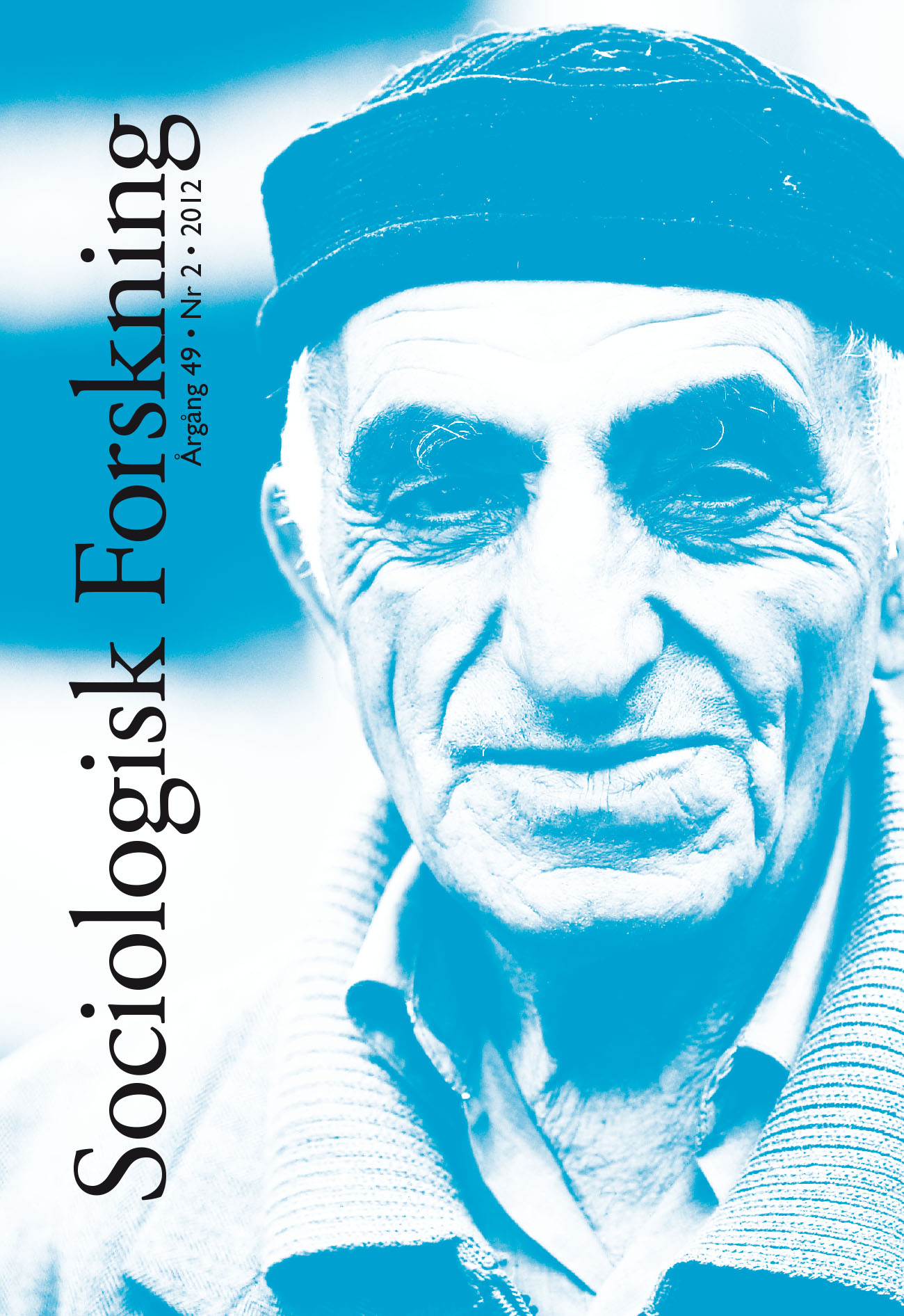Mode, senmodernitet, identitet
DOI:
https://doi.org/10.37062/sf.49.18398Nyckelord:
fashion, late modernity, identity, taste, neo-tribalismAbstract
Fashion, late modernity and identity
A common discussion in the late modern era is the role that tradition plays concerning individual identity. This forms a background to our article that focuses on consumer culture and one of its characteristics – fashion. To what extent does consumer culture and fashion contribute to the undermining of traditions, and how does this affect individual identity? We discuss two interpretations of consumption in shaping individual identity: the first interpretation maintains that by consumption individuals obtain an increasing freedom of choicemaking them free from the power of tradition, and thereby responsible for their lifestyle choices. According to the second interpretation, the free choice is illusory. This choiceis strongly influenced by factors such as social class and producers’ manipulative skills. Contrasting classical social theorists with contemporary fashion theory we argue that late modern fashion is characterized by quick changes and pluralism that often stand in contrast to tradition. We further discuss the increased importance of taste and new diffusion patterns as signs of a more individualized fashion, and discuss neo-tribalism as a post-traditional kind of community.
Downloads
Publicerad
Referera så här
Nummer
Sektion
Licens
Allt material i Sociologisk Forskning publiceras med omedelbar öppen tillgång (open access), under Creative Commons-licensen CC BY-NC-ND 4.0.
Allt innehåll i tidskriften är fritt tillgängligt utan kostnad och får för icke-kommersiella syften fritt läsas, laddas ned, kopieras, delas, skrivas ut och länkas. Innehållet får dock inte ändras. När innehållet används måste författare och källa anges. Upphovsrätten till innehållet tillhör respektive författare. Inga publiceringsavgifter tas ut.





